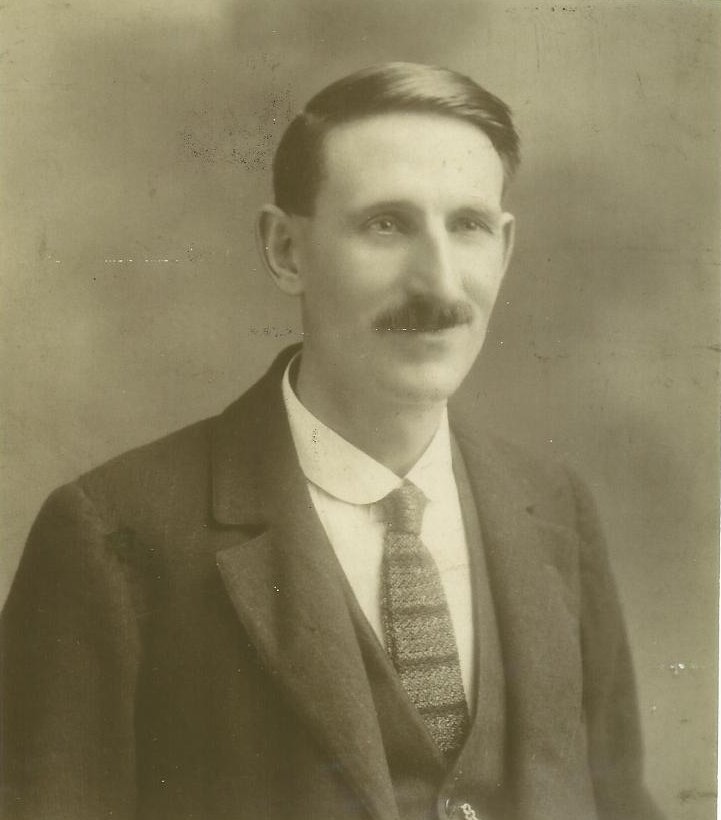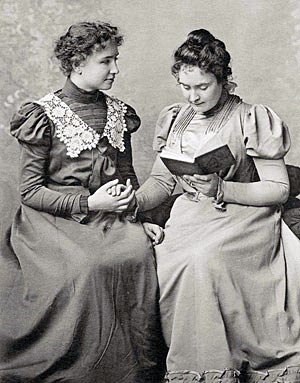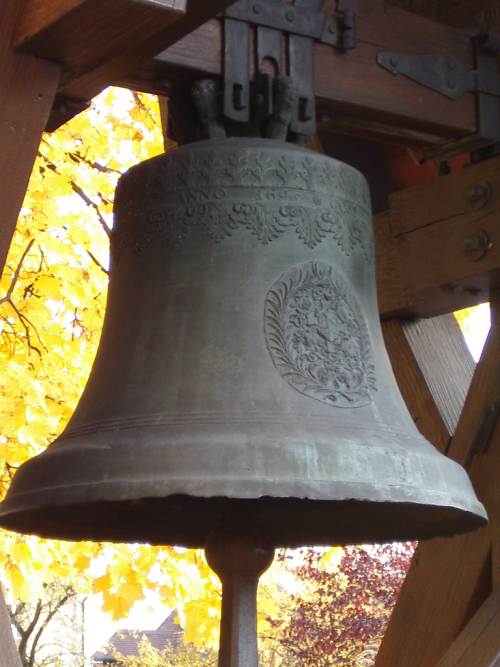|
Albert J Pitman
Albert John Pitman is regarded by change ringing campanologists as a remarkable and versatile composer of peals in bell ringing methods. Described as 'perhaps the greatest of all time' in the Central Council of Church Bell Ringers biography of him, ''An Unassuming Genius'', he was an extraordinary talent in the field of peal composition. Life Born in Bridgend, Glamorgan in 1887, two years later he moved with his family some twenty miles west, to Baglan, Neath Port Talbot. He had very little education, leaving school at the age of twelve, but his teacher told him ‘there’s nothing more I can teach you.’ This was perhaps an early sign of an unusual talent. In 1903 at the age of sixteen he joined the Great Western Railway Company and worked for them until his compulsory retirement at sixty-five. He learned to ring bells the year he left school, probably from his father, who was a member of the bell-ringing band at St Catharine's Church, Baglan. Only eleven years later, in ... [...More Info...] [...Related Items...] OR: [Wikipedia] [Google] [Baidu] |
Change Ringing
Change ringing is the art of ringing a set of tuning (music), tuned bell (instrument), bells in a tightly controlled manner to produce precise variations in their successive striking sequences, known as "changes". This can be by method ringing in which the ringers commit to memory the rules for generating each change, or by call changes, where the ringers are instructed how to generate each change by instructions from a conductor. This creates a form of bell music which cannot be discerned as a conventional melody, but is a series of mathematical sequences. It can also be automated by machinery. Change ringing originated following the invention of English full circle ringing, full-circle tower bell ringing in the early 17th century, when bell ringers found that swinging a bell through a much larger arc than that required for swing-chiming gave control over the time between successive strikes of the clapper. Ordinarily a bell will swing through a small arc only at a set speed govern ... [...More Info...] [...Related Items...] OR: [Wikipedia] [Google] [Baidu] |
The Times
''The Times'' is a British Newspaper#Daily, daily Newspaper#National, national newspaper based in London. It began in 1785 under the title ''The Daily Universal Register'', adopting its modern name on 1 January 1788. ''The Times'' and its sister paper ''The Sunday Times'' (founded in 1821), are published by Times Media, since 1981 a subsidiary of News UK, in turn wholly owned by News Corp. ''The Times'' and ''The Sunday Times'' were founded independently and have had common ownership only since 1966. It is considered a newspaper of record in the UK. ''The Times'' was the first newspaper to bear that name, inspiring numerous other papers around the world. In countries where these other titles are popular, the newspaper is often referred to as or , although the newspaper is of national scope and distribution. ''The Times'' had an average daily circulation of 365,880 in March 2020; in the same period, ''The Sunday Times'' had an average weekly circulation of 647,622. The two ... [...More Info...] [...Related Items...] OR: [Wikipedia] [Google] [Baidu] |
Welsh Male Composers
Welsh may refer to: Related to Wales * Welsh, of or about Wales * Welsh language, spoken in Wales * Welsh people, an ethnic group native to Wales Places * Welsh, Arkansas, U.S. * Welsh, Louisiana, U.S. * Welsh, Ohio, U.S. * Welsh Basin, during the Cambrian, Ordovician and Silurian geological periods Other uses * Welsh (surname), including a list of people with the name * Welsh pig, a breed of domestic pig See also * * * Welch (other) * Welsch Welsch may refer to: * Georg Hieronymus Welsch (1624–1677), German physician * Gottfried Welsch (1618–1690), German physician * Heinrich Welsch (1888–1976), Saarlandic politician * Henry Welsch (1921–1996), American football and basebal ..., a surname {{Disambiguation Language and nationality disambiguation pages ... [...More Info...] [...Related Items...] OR: [Wikipedia] [Google] [Baidu] |
1966 Deaths
Events January * January 1 – In a coup, Colonel Jean-Bédel Bokassa takes over as military ruler of the Central African Republic, ousting President David Dacko. * January 3 – 1966 Upper Voltan coup d'état: President Maurice Yaméogo is deposed by a military coup in the Republic of Upper Volta (modern-day Burkina Faso). * January 10 ** Pakistani–Indian peace negotiations end successfully with the signing of the Tashkent Declaration, a day before the sudden death of Indian prime minister Lal Bahadur Shastri. ** Georgia House of Representatives, The House of Representatives of the US state of Georgia refuses to allow African-American representative Julian Bond to take his seat, because of his anti-war stance. * January 15 – 1966 Nigerian coup d'état: A bloody military coup is staged in Nigeria, deposing the civilian government and resulting in the death of Prime Minister Abubakar Tafawa Balewa. * January 17 ** The Nigerian coup is overturned by another faction of the ... [...More Info...] [...Related Items...] OR: [Wikipedia] [Google] [Baidu] |
People From Bridgend
The term "the people" refers to the public or common mass of people of a polity. As such it is a concept of human rights law, international law as well as constitutional law, particularly used for claims of popular sovereignty. In contrast, a people is any plurality of persons considered as a whole. Used in politics and law, the term "a people" refers to the collective or community of an ethnic group or nation. Concepts Legal Chapter One, Article One of the Charter of the United Nations states that "peoples" have the right to self-determination. Though the mere status as peoples and the right to self-determination, as for example in the case of Indigenous peoples (''peoples'', as in all groups of indigenous people, not merely all indigenous persons as in ''indigenous people''), does not automatically provide for independent sovereignty and therefore secession. Indeed, judge Ivor Jennings identified the inherent problems in the right of "peoples" to self-determination, as i ... [...More Info...] [...Related Items...] OR: [Wikipedia] [Google] [Baidu] |
1887 Births
Events January * January 11 – Louis Pasteur's anti- rabies treatment is defended in the Académie Nationale de Médecine, by Dr. Joseph Grancher. * January 20 ** The United States Senate allows the United States Navy to lease Pearl Harbor as a naval base. ** British emigrant ship '' Kapunda'' sinks after a collision off the coast of Brazil, killing 303 with only 16 survivors. * January 21 ** The Amateur Athletic Union (AAU) is formed in the United States. ** Brisbane receives a one-day rainfall of (a record for any Australian capital city). * January 24 – Battle of Dogali: Abyssinian troops defeat the Italians. * January 28 ** In a snowstorm at Fort Keogh, Montana, the largest snowflakes on record are reported. They are wide and thick. ** Construction work begins on the foundations of the Eiffel Tower in Paris, France. February * February 2 – The first Groundhog Day is observed in Punxsutawney, Pennsylvania. * February 4 – The Interstate Comme ... [...More Info...] [...Related Items...] OR: [Wikipedia] [Google] [Baidu] |
John Holt (composer)
John Holt was a leading change ringer and noted composer of peals on English full circle bells in the 18th century, and is described as a composer "..holding a position which is unique in the history of change ringing". One John Holt who was baptized at Christ Church Greyfriars on 31 March 1726 is suggested to have been him, although someone of the same name was also baptized in October of the same year at St Botolph's Aldgate, East Smithfield. Holt was not born into wealth, being described years later in the 1788 ''Clavis Campanalogia'' (a bellringing textbook) as "a poor unlettered youth", which could well account for his untimely death. By trade he was a shoemaker, but very little else is known about his personal life. Ringing career Although an underprivileged and illiterate working class member of society, John Holt became a very highly placed individual in the art of method ringing. Despite the fact that his ringing career spanned less than a decade, his contributi ... [...More Info...] [...Related Items...] OR: [Wikipedia] [Google] [Baidu] |
Fabian Stedman
Fabian Stedman (1640–1713) was an English author and a leading figure in the early history of campanology, particularly in the field of method ringing. He had a key role in publishing two books ''Tintinnalogia'' (1668 with Richard Duckworth) and ''Campanalogia'' (1677 – written solely by him) which are the first two publications on the subject. He is also regarded as being a pioneer in the branch of mathematics known as Group theory. Life Fabian Stedman was born in Yarkhill, Herefordshire, the third son to Reverend Francis Stedman. His father Francis Stedman was born in Aston Munslow, Shropshire in 1598, who took Holy Orders at Yarkhill in 1625. Francis had seven children by two wives. The eldest was Francis Junior who followed his father and became Rector of the parish of Stoke Lacy, Herefordshire in 1660. Fabian Stedman was born in 1640 and baptised at Yarkhill Church on 7 December of that year. At the age of 15 he went to London to learn the trade of master printing, appren ... [...More Info...] [...Related Items...] OR: [Wikipedia] [Google] [Baidu] |
Method Ringing
Method ringing (also known as scientific ringing) is a form of change ringing in which the ringers commit to memory the rules for generating each change of sequence, and pairs of bell (instrument), bells are affected. This creates a form of bell music which is continually changing, but which cannot be discerned as a conventional melody. It is a way of sounding continually changing mathematical permutations. It is distinct from call changes, where the ringers are instructed on how to generate each new change by calls from a conductor, and strictly, only two adjacent bells swap their position at each change. In method ringing, the ringers are guided from permutation to permutation by following the rules of a ''method.'' Ringers typically learn a particular method by studying its "blue line", a diagram which shows its structure. The underlying mathematics, mathematical basis of method ringing is intimately linked to group theory. The basic building block of method ringing is plain h ... [...More Info...] [...Related Items...] OR: [Wikipedia] [Google] [Baidu] |
Campanologist
Campanology (/kæmpəˈnɒlədʒi/) is both the scientific and artistic study of bells, encompassing their design, tuning, and the methods by which they are rung. It delves into the technology behind bell casting and tuning, as well as the rich history, traditions, and techniques of bellringing as an art form. This field often involves the study of large, tuned bell collections, such as Flemish carillons, Russian zvons, or English "rings of bells" used for change ringing. These unique assemblages come with distinct practices and challenges, and campanology also explores the composition and performance of music written specifically for them. While campanology primarily refers to larger bells typically housed in towers, it is not usually applied to smaller bell collections, such as glockenspiels, tubular bells, or Indonesian gamelans. Instead, the term is most commonly associated with the use of large bells, their musical and historical significance, and the ongoing efforts to pe ... [...More Info...] [...Related Items...] OR: [Wikipedia] [Google] [Baidu] |




